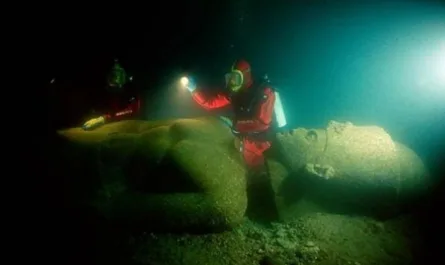In the rugged Ötztal Alps, where jagged peaks meet icy winds, a 5,300-year-old mystery continues to captivate scientists and historians alike. Ötzi the Iceman, a naturally mummified man discovered in 1991 near the Italy-Austria border, met his end with an arrow to the back on a high Alpine pass. Now, a new study published in PLOS ONE sheds light on his frantic final days, using an unlikely clue: mosses and liverworts found at his death site. These humble plants are helping researchers piece together Ötzi’s chaotic last climb, revealing a story of survival, injury, and violence.
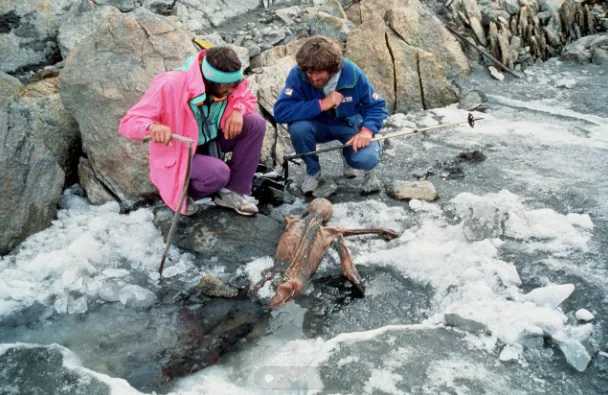
A Snapshot of Ötzi’s Life and Death
Ötzi was no ordinary wanderer. In his 40s, he bore over 60 tattoos, wore a patchwork leather coat crafted from sheep and goat hides, and carried a toolkit that hints at a rugged, nomadic life. His preserved stomach, recently rediscovered, shows he ate a final meal of dried ibex, deer meat, and einkorn wheat just an hour before his death. But Ötzi wasn’t in good shape. He suffered from stomach pains and a deep hand wound, sliced nearly to the bone between his thumb and index finger—possibly a sign of a recent fight.
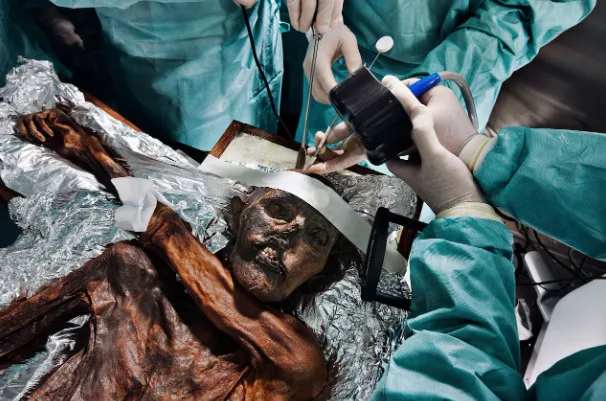
Since his discovery, archaeologists have unraveled layers of Ötzi’s story, but his final moments remained elusive. Why was he so high up in the Alps, at 10,530 feet in Tisen Pass? Was he fleeing danger? The answers, it turns out, may lie in the bryophytes—mosses and liverworts—scattered around his frozen remains.

The Mossy Clues to a Frantic Journey
A new analysis, led by retired University of Glasgow archaeobotanist James Dickson, focuses on the 75 types of bryophytes found in and around Ötzi’s body. Surprisingly, about 70 percent of these plants don’t grow at the high-altitude nival zone where he died. Many, like flat neckera (Neckera complanata), thrive at lower elevations, some as far down as 2,600 feet in the Vinschgau valley. This mismatch suggests Ötzi was on the move, covering thousands of feet in altitude in just two days.
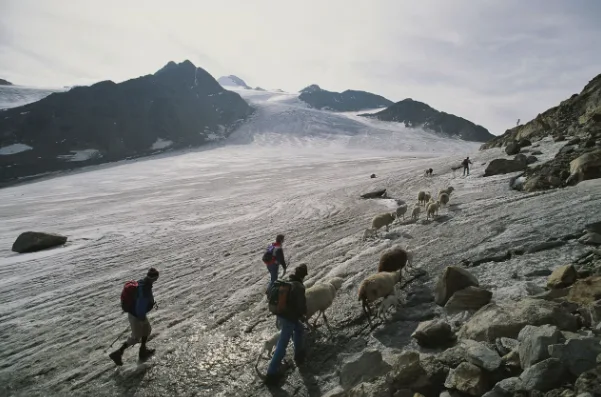
Flat neckera, often found clinging to Ötzi’s clothes, is particularly telling. Historically used for caulking boats and cabins, it might have served as insulation, food wrapping, or even makeshift toilet paper. Its presence, along with other low-altitude mosses, points to Ötzi descending into the Schalstal gorge in modern-day Italy before making his fatal ascent. Some researchers speculate he may have used Sphagnum affine, a bogmoss with antiseptic properties, to dress his hand wound—a sign of his resourcefulness in a desperate moment.
Mapping Ötzi’s Final Days
Previous studies, led by Innsbruck University’s Klaus Oeggl, used pollen in Ötzi’s digestive tract to trace his movements. About 33 hours before his death, he was in a high-altitude forest near the tree line, around 8,200 feet, surrounded by pine and spruce. Within 9 to 12 hours of his death, he had descended to 4,000 feet or lower, possibly a valley bottom, where hop hornbeam trees grow. After eating his final meal in a subalpine forest, Ötzi climbed back up to Tisen Pass, where he met his end.
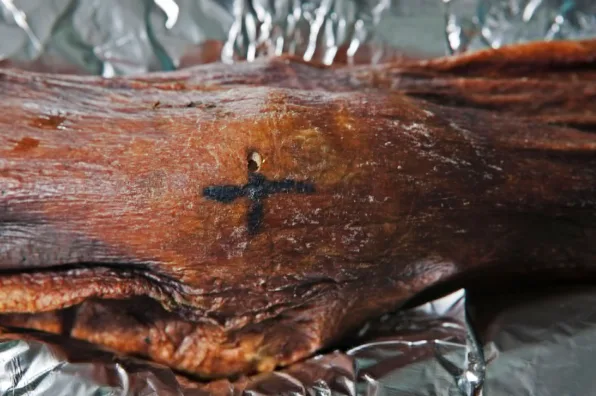
The new bryophyte study refines this timeline, suggesting Ötzi’s route took him south into the Schalstal rather than north toward Austria. The rugged Alpine terrain offered few paths, making the mosses’ origins a critical clue. “The distance is too great for any other explanation,” Oeggl says, ruling out wind or animals as the source of these low-altitude plants.
A Life on the Run
Ötzi’s final journey was anything but calm. The evidence paints a picture of a wounded man, possibly hunted, moving quickly through extreme terrain. Isotopic data, as noted by Albert Zink of the Institute for Mummy Studies in Bolzano, ties Ötzi’s upbringing and final months to the southern Alps. His toolkit, as archaeologist Ursula Wierer points out, was in disrepair, suggesting he was caught off guard. “This study shows once again the importance of archaeobotanical studies for reconstructing the Iceman’s last days,” Wierer says.
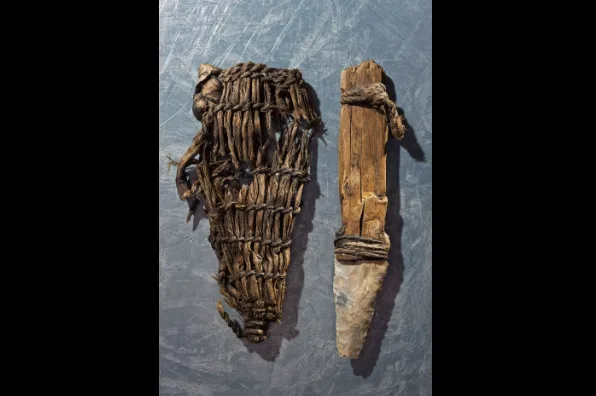
The preservation of bryophytes at the site is remarkable in itself. As Logan Kistler of the Smithsonian National Museum of Natural History explains, these plants are “ephemeral” in archaeological contexts, rarely surviving unless frozen or waterlogged. Ötzi’s icy grave at Tisen Pass created the perfect conditions, making this site “extraordinary” for bringing the past to life.
Why Ötzi Matters
Ötzi’s story isn’t just a cold case from the Copper Age—it’s a window into a world long gone. His tattoos, diet, injuries, and even the mosses he carried reveal a man navigating a harsh landscape with skill and desperation. Each discovery, from his leather coat to the pollen in his gut, adds depth to our understanding of life 5,300 years ago.

As researchers continue to unravel the Iceman’s final climb, the mossy clues remind us that even the smallest details can tell a powerful story. Ötzi’s life ended violently, but his legacy endures, frozen in time and forever on the move.

